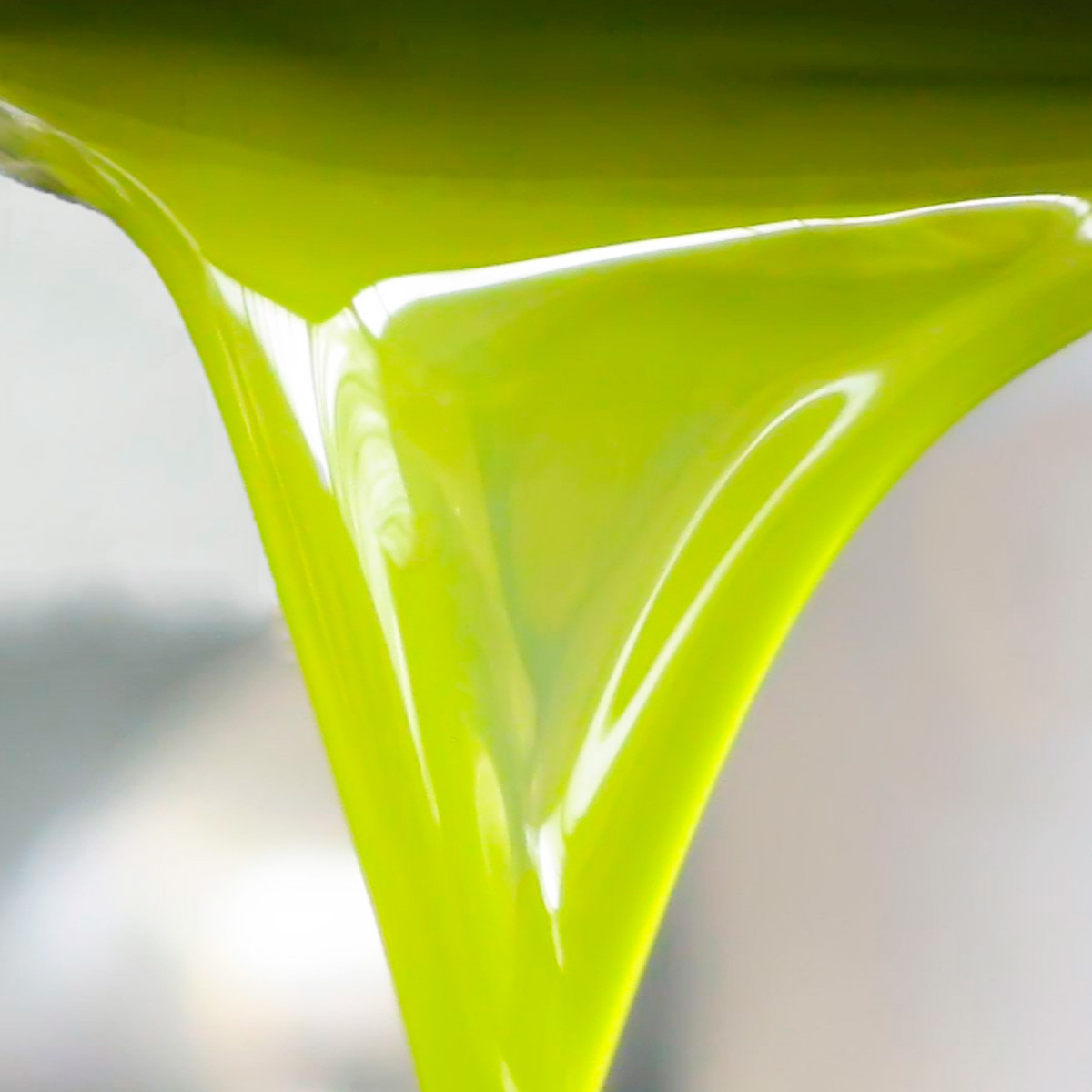
The popular saying goes that eating without olive oil is eating small. And so, whether on the everyday table or on the party table, olive oil is a (delicious) highlight.
However, despite all the gastronomic tradition, when it comes to healthy eating , there are always those who predict that “olive oil cannot be consumed because it is fat!”
It certainly won't be like that...

The role of fat
Fat (or lipids), like all other nutrients, is essential for our body, ensuring some vital functions. This is the source and reserve of energy in our body and is also the means of transport for vitamins A, D, E and K, which are liposoluble (i.e. soluble in lipids). Also noteworthy is its role in the synthesis of hormones, in the communication and structuring of our cells and in the regulation of body temperature.
Chemically, fats do not all have the same structure, being divided into saturated, monounsaturated and polyunsaturated fats. Additionally, and as a result of their different chemical structures, fats are also different from a nutritional point of view.
With regard to saturated fats, found essentially in foods of animal origin (such as meat and dairy products), the recommendations of the World Health Organization point to the need to reduce their consumption in order to reduce the risk of cardiovascular disease. It is also recommended to prefer monounsaturated and polyunsaturated fats, which can be found in foods of vegetable origin and also in fish such as salmon, sardines and mackerel.
the olive oil
Olive oil is a prime example of monounsaturated fat, which gives it important properties.
Due to its monounsaturated structure, olive oil is resistant to oxidation when subjected to high temperatures (more resistant than polyunsaturated fats), which means that it is the most suitable fat to use in cooking. Additionally, its resistance has also been linked to health benefits, particularly in reducing levels of total and LDL cholesterol (the “bad” cholesterol) and increasing HDL (“good” cholesterol).
However, it should be remembered that, despite all its benefits, and like any fat, olive oil provides 9Kcal per gram and its consumption must be balanced.
Looking at the Food Wheel, the recommendation for the “oils and fats” slice is 2 servings a day, which is equivalent to about 2 tablespoons of olive oil.
With account, weight and measure, olive oil can (and should!) be integrated into a healthy diet.
Enjoy yourself!
Inês Pádua – Nutritionist
Provided by the producer